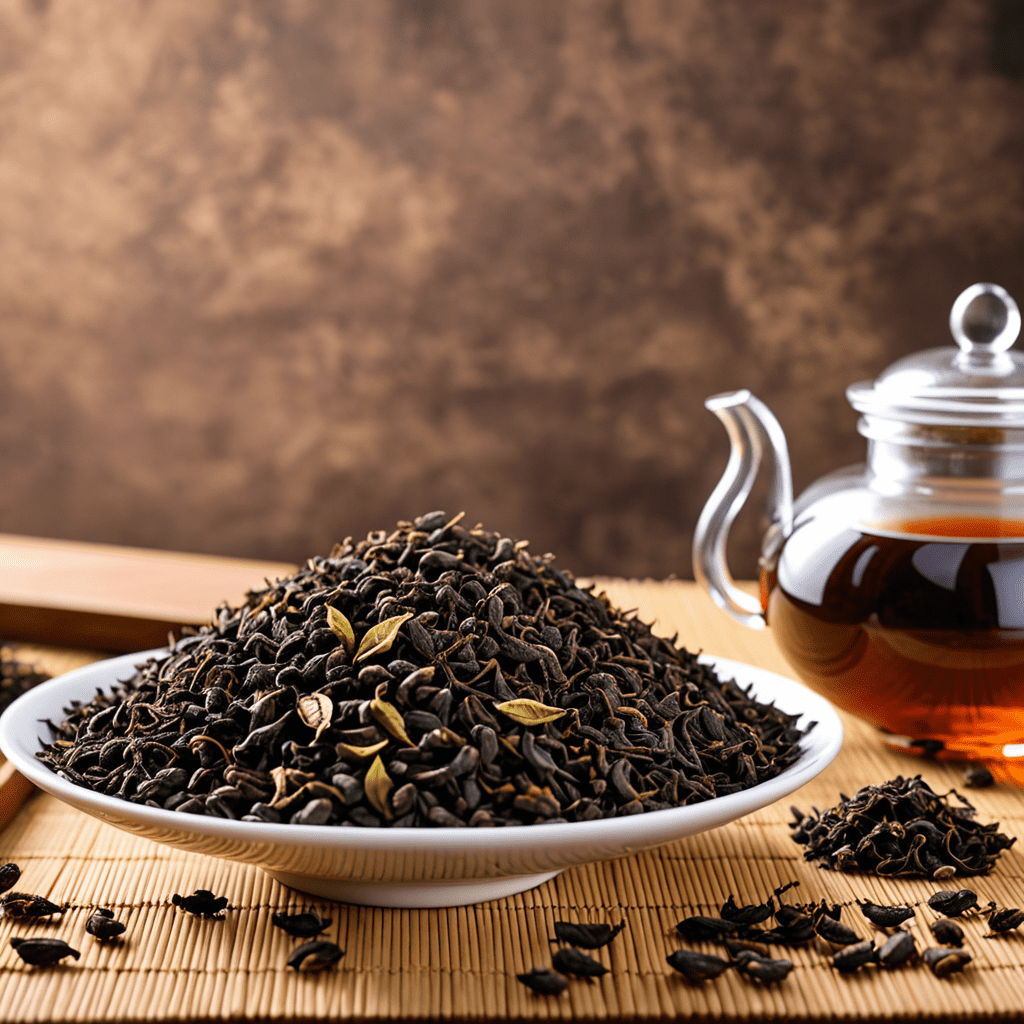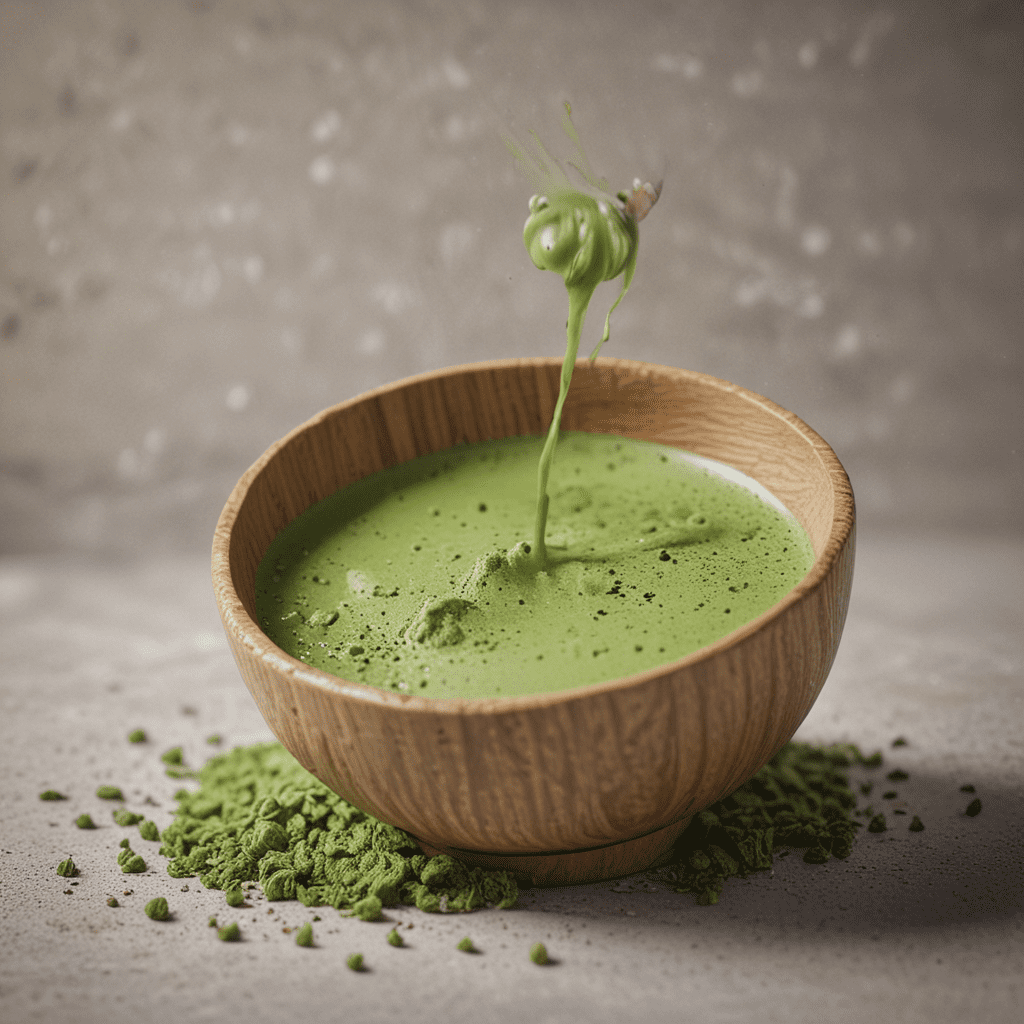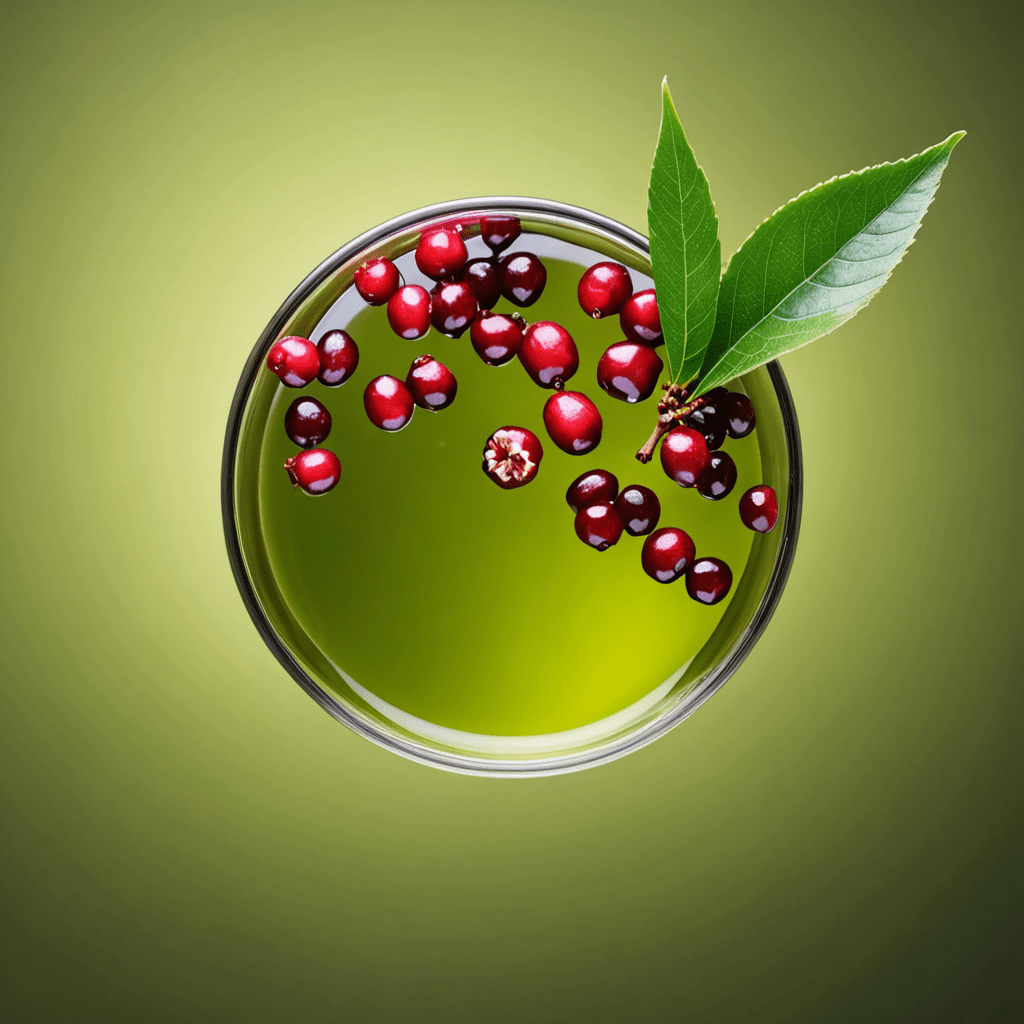Pu-erh Tea: A Symphony of Tea History
The Origins of Pu-erh Tea
Pu-erh tea, a unique and distinct variety of tea, has a rich history that dates back over 1,700 years to the Yunnan province of China. Its name is derived from the Pu-erh County in this region, where the tea was first cultivated and traded.
The Cultivation and Processing of Pu-erh Tea
Pu-erh tea is made from the large-leaf Camellia sinensis var. assamica plant. The leaves undergo a complex process of withering, rolling, fermentation, and drying. This unique fermentation process distinguishes Pu-erh tea from other types of tea and results in its earthy and robust flavor profile.
The Two Types: Raw and Ripe Pu-erh
There are two main types of Pu-erh tea: raw (sheng) Pu-erh and ripe (shou) Pu-erh. Raw Pu-erh is aged naturally over time, allowing it to develop complex flavors and aromas. Ripe Pu-erh, on the other hand, undergoes a faster fermentation process to mimic the aging of raw Pu-erh.
The Aging Process and Value of Pu-erh Tea
Pu-erh tea is unique in that it improves with age, much like fine wine. Over time, the tea undergoes oxidation and microbial fermentation, which enhances its flavor and complexity. This aging process adds value to Pu-erh tea, with older vintages often commanding high prices in the market.
Health Benefits of Pu-erh Tea
Beyond its rich history and unique flavor, Pu-erh tea offers a range of health benefits. Studies suggest that Pu-erh tea may help reduce cholesterol levels, aid in digestion, and promote weight loss. Its antioxidant properties also contribute to overall well-being.
The Cultural Significance of Pu-erh Tea
In Chinese culture, Pu-erh tea holds a special place. It is often served at important gatherings and ceremonies, symbolizing friendship, respect, and hospitality. Pu-erh tea is also highly regarded in traditional Chinese medicine for its medicinal properties.
Exploring the World of Pu-erh Tea
As Pu-erh tea gains popularity worldwide, tea enthusiasts are increasingly drawn to its complex flavors, cultural heritage, and aging potential. Whether you are a seasoned tea connoisseur or a newcomer to the world of tea, exploring the nuances of Pu-erh tea is sure to be a rewarding and enlightening experience.
FAQ About Pu-erh Tea
What is Pu-erh Tea?
Pu-erh tea is a type of fermented tea that originates from the Yunnan province in China. It is known for its rich, earthy flavor and unique production process that involves aging the tea leaves.
How is Pu-erh Tea Processed?
Pu-erh tea undergoes a unique fermentation and aging process. The leaves are withered, pan-fired, rolled, sun-dried, and then undergo microbial fermentation. The tea is then compressed into various shapes and aged for a period of time.
What Are the Different Types of Pu-erh Tea?
There are two main types of Pu-erh tea: raw (sheng) and ripe (shou). Raw Pu-erh is aged naturally and tends to have a more astringent and bold flavor, while ripe Pu-erh undergoes a faster fermentation process that results in a smoother, milder taste.
How is Pu-erh Tea Linked to Tea History?
Pu-erh tea has a rich history dating back centuries in China. It was originally used as a form of currency and traded along the Ancient Tea Horse Road. Today, Pu-erh tea is highly prized for its unique flavor profile and potential health benefits.



